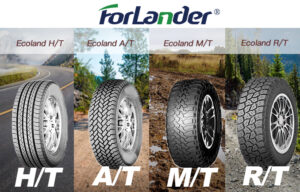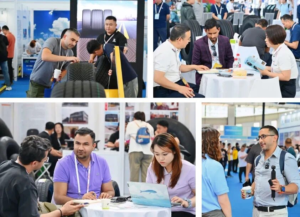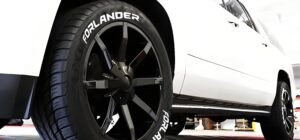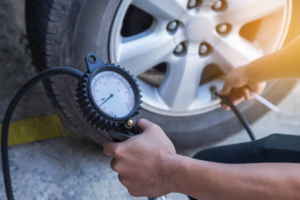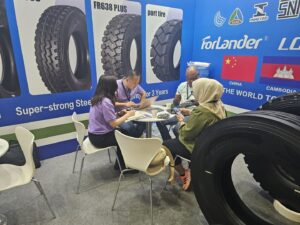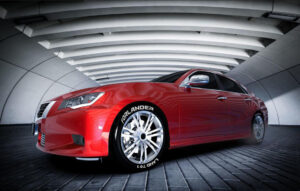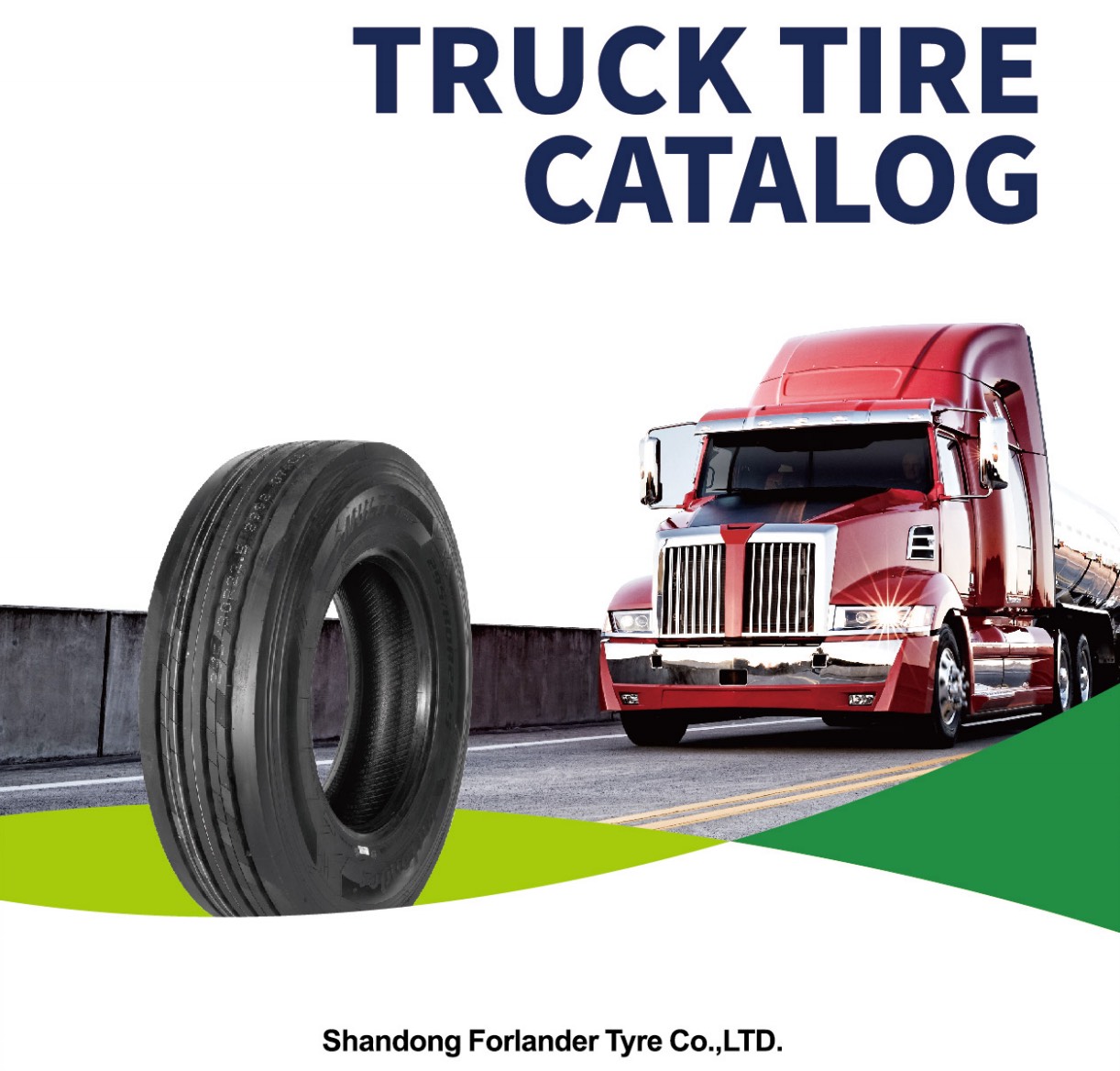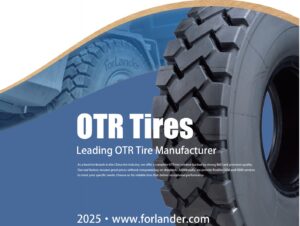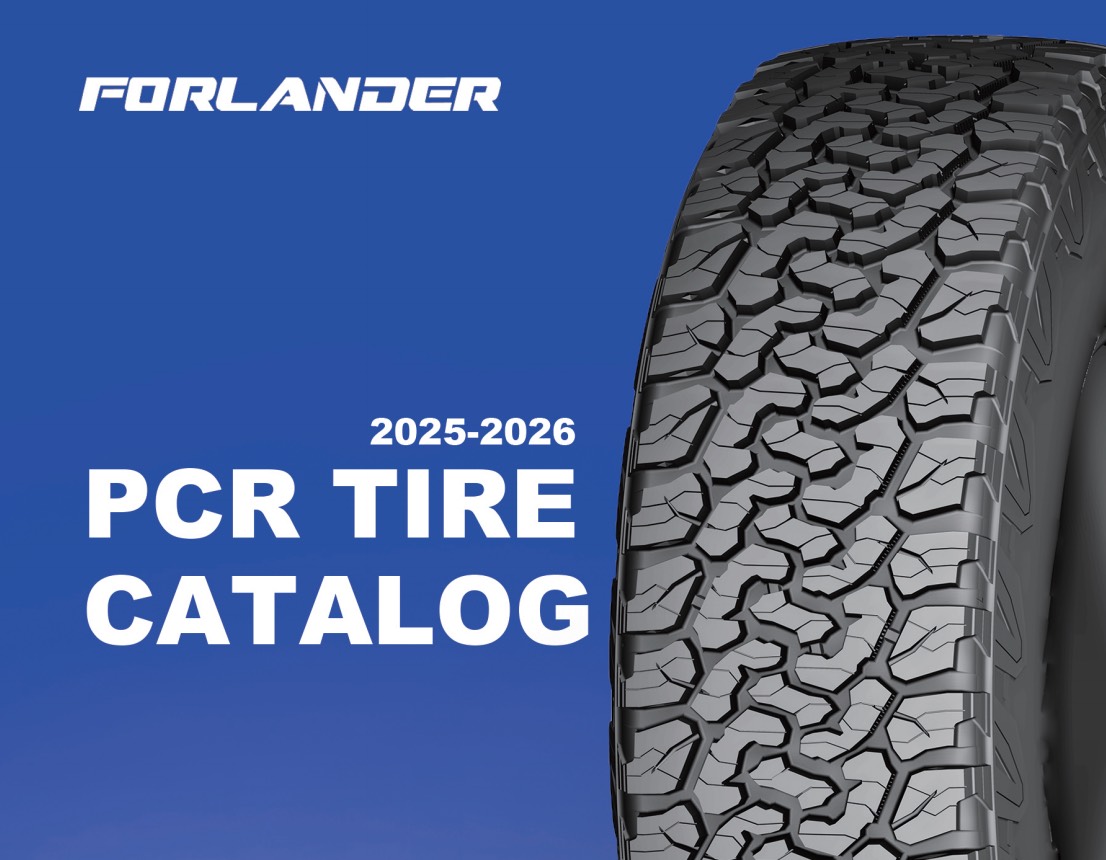I. Introduction
Forlander Tires has established itself as a premium tire brand known for delivering reliability, durability, and performance across a wide range of driving conditions. As demand grows in extreme environments, Forlander, a leading truck tire manufacturer, has gained significant traction in the Middle East market—where high temperatures, heavy loads, and challenging terrains test the limits of tire performance. This article highlights Forlander’s success in the region through a detailed customer tire case study, showcasing how our tire solutions meet local needs, outperform competitors, and deliver measurable value to businesses operating in one of the world’s most demanding automotive environments.

II. Local Road & Climate Conditions in the Middle East
The Middle East presents some of the most challenging conditions for tire performance anywhere in the world. The region’s terrain is highly diverse, ranging from modern urban highways in cities like Dubai and Riyadh, to vast desert landscapes, rocky off-road routes, and steep mountainous passes in countries such as Oman and Lebanon. This variety demands tires that can perform consistently across multiple surfaces and under varying loads.
The climate adds another layer of complexity. Summer temperatures can soar above 50°C (122°F), placing extreme stress on middle east tyres compounds. Sandstorms are common, especially in desert areas, accelerating tread wear and impacting traction. High levels of ultraviolet (UV) radiation also degrade tire rubber faster than in temperate climates, reducing overall lifespan.
In addition, road usage intensity is high. Commercial fleets regularly transport goods across long distances, often under full load, while private vehicles frequently travel at high speeds on major highways. These conditions demand middle east tyres that not only provide excellent durability and heat resistance but also offer safety, stability, and long-lasting performance. Successfully navigating these harsh conditions is a true test of any tire’s quality — and a critical factor in selecting the right tire for the region.
III. Middle East Tyres Requirements
Tires used in the Middle East must meet demanding performance standards due to the region’s unique combination of climate, terrain, and driving conditions. One of the most critical requirements is high-temperature resistance. In extreme heat, tire rubber can soften, leading to blowouts or rapid wear. Therefore, middle east tyres must be engineered with heat-resistant compounds that maintain stability and safety at high temperatures.

Durability is equally important, especially in areas with rough, uneven terrain. Reinforced sidewalls are essential to protect against cuts, abrasions, and punctures from sharp rocks and debris commonly found in desert and mountainous regions. Tires must also provide excellent traction on a wide range of surfaces—from smooth highways to loose sand and gravel—ensuring safety and control in both on-road and off-road conditions.
Given the high mileage driven by commercial truck tire and industrial vehicles, long tread life and resistance to uneven wear are critical for reducing operating costs and minimizing downtime. Additionally, tires must have a high load-bearing capacity to support the heavy cargo typically carried by trucks and transport fleets.
In short, the ideal tire for the Middle East must be robust, adaptable, and long-lasting—capable of withstanding the region’s extreme environmental and operational demands.
IV. Customer Background

One of Forlander truck tyre suppliers’ key customers in the Middle East is a prominent regional logistics company based in the United Arab Emirates. With a fleet of over 250 heavy-duty trucks and light commercial vehicles, the company specializes in long-distance freight transport across the GCC countries, often operating in extreme weather and across diverse terrains—including highways, industrial zones, desert routes, and port areas.
Before switching to Forlander best highway truck tires, the company faced several tire-related challenges that impacted both efficiency and cost. Frequent tire blowouts during summer months led to unexpected downtime, delays in deliveries, and increased maintenance expenses. The tires previously in use showed rapid tread wear and struggled with heat buildup, especially during extended highway use in temperatures exceeding 45°C. Additionally, many of the older tires lacked the structural strength to withstand the combined stress of full loads and rough terrain, leading to sidewall damage and reduced service life.
The company required a tire solution that could provide high heat resistance, extended mileage, and durability in both paved and off-road environments. After testing Forlander best highway truck tires on a trial basis, they observed significant improvements in performance, leading to a full fleet conversion and long-term partnership with the brand.
V. Tire Case: Performance of Forlander Tires in Local Applications
Forlander supplied the customer with a range of middle east tyres models specifically engineered for the Middle Eastern environment, including all-terrain and high-load radial truck tires designed for commercial truck tire transport. These tires feature advanced heat-resistant rubber compounds, reinforced sidewalls for added durability, and aggressive tread patterns that enhance grip on both paved roads and off-road surfaces.
Since the transition to Forlander Tires, the customer has reported a 30% increase in average tire lifespan, significantly reducing the frequency of replacements. Drivers noted improved grip and handling, particularly when navigating through sand-covered roads and during high-speed highway travel. Thanks to the robust construction and reinforced sidewalls, incidents of punctures and blowouts have dropped by over 40%, resulting in fewer delays and reduced maintenance downtime.

The fleet also experienced enhanced fuel efficiency, attributed to Forlander’s low rolling resistance design, which supports smoother travel even under heavy loads. Fleet managers praised the tires for their consistent performance across long hauls and varying terrain.
One driver commented, “Forlander middle east tyres give me confidence on the road—no matter the heat or terrain, they hold up better than anything we’ve used before.” These real-world results confirm Forlander’s value in demanding regional applications.
VI. Performance of Forlander Tires in Local Applications
Compared with other leading truck tyre suppliers in the region, Forlander tires consistently excel in key performance indicators. Tests and customer data show that Forlander tires have longer tread life – 25% longer than competing tires – and have stronger grip on both asphalt and off-road surfaces. Its high temperature resistance is particularly outstanding, and the heat-resistant rubber formula can maintain structural integrity even in high summer conditions. In terms of cost per kilometer, Forlander tires are extremely cost-effective, not only with a longer service life, but also with a competitive price, thereby reducing the total cost of ownership. Its innovative tread design provides better grip in sandy environments, making it an ideal choice for desert sections that other brands find difficult to control.
VII. Conclusion
The successful partnership between Forlander Tires and the regional logistics company highlights the brand’s ability to deliver measurable results in some of the world’s toughest driving conditions. With increased tire lifespan, reduced downtime, better fuel efficiency, and enhanced safety, Forlander has proven its value and reliability in the Middle East market. This case reinforces Forlander’s commitment to engineering high-quality, region-specific tire solutions that meet the unique demands of local terrain and climate. As the brand continues to grow its presence, Forlander aims to expand partnerships and provide even greater support to fleets and businesses across the Middle East.



